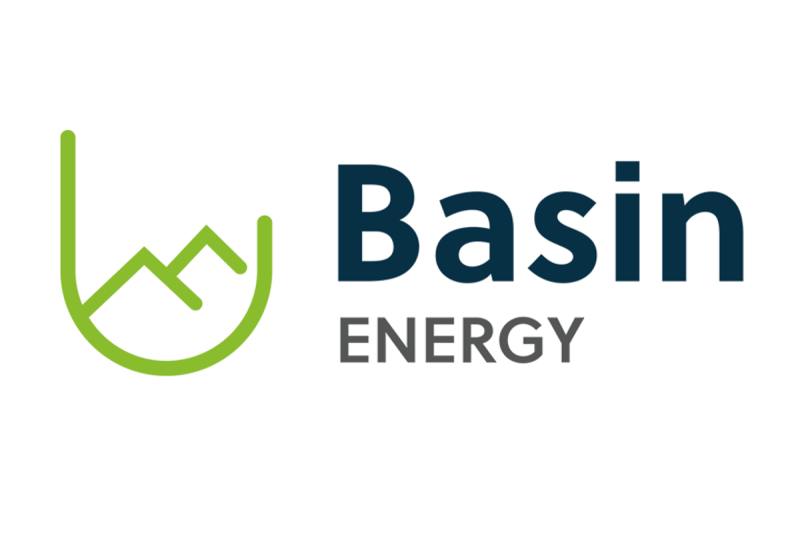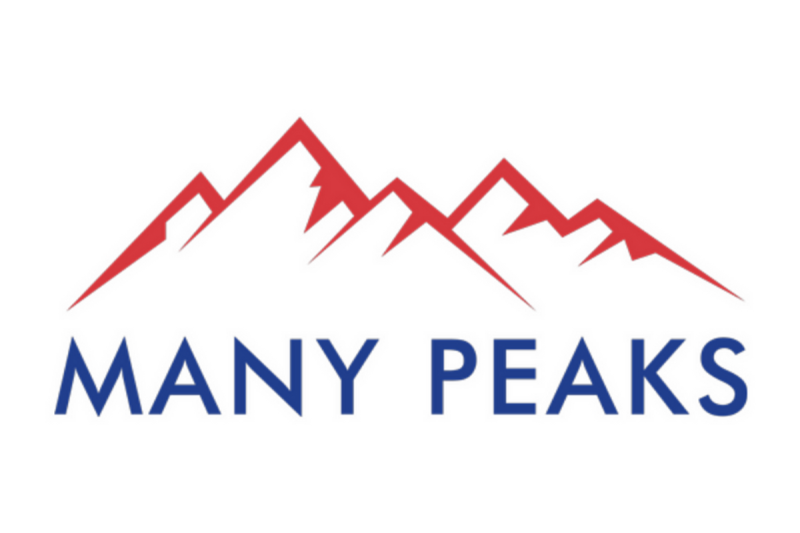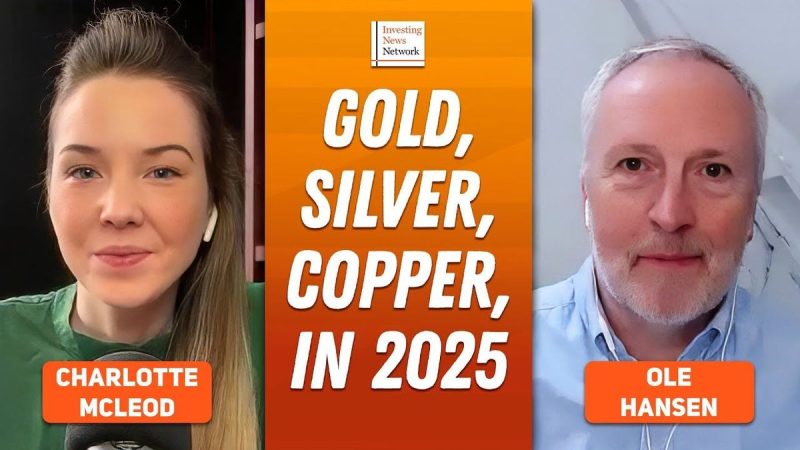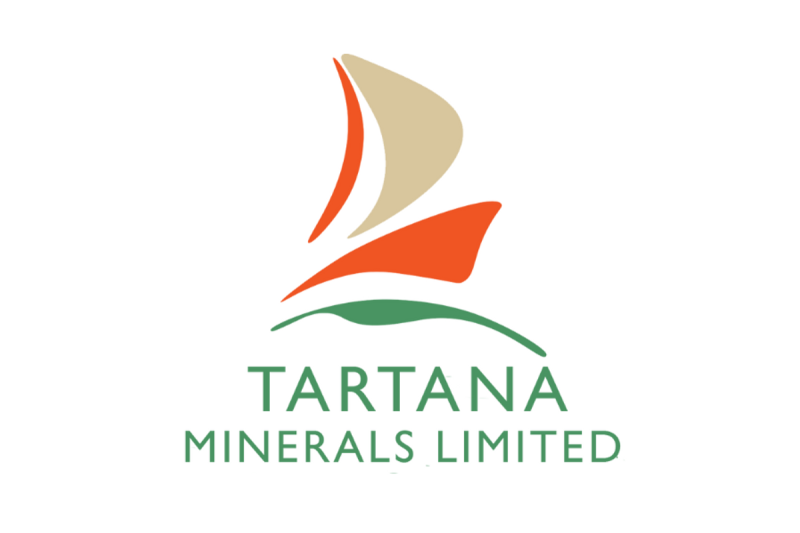A man charged with making threats to murder President Donald Trump was also found to have threatened Rep. Nancy Mace, R-S.C., a source with knowledge of the matter told Fox News Digital.
Mace’s office was informed by U.S. Capitol Police that Shawn Monper of Butler, Pennsylvania, made threats against her on social media in January, the source said.
The man allegedly wrote of Mace on YouTube, ‘If I ever see her unprotected in public I would live to be the one to put a bullet in her skull. What a disgusting peice [sic] of trash.’
Mace appears to be the only member of Congress targeted by the suspect for now, the source told Fox News Digital.
It’s not immediately clear why Mace, an outspoken Trump ally, was threatened.
But it comes amid concerns about escalating threats against elected officials on both sides of the aisle.
Trump, who was subject to two failed assassination attempts during the 2024 election, was targeted by Monper in a series of threats on YouTube, according to a release by the Department of Justice (DOJ).
The FBI ‘received an emergency disclosure regarding threats posted to YouTube by user ‘Mr Satan” between Jan. 15 and April 5, according to the release.
Monper also got a firearms permit ‘shortly following’ Trump’s inauguration, and posted in Februrary under the aforementioned username, ‘I have bought several guns and been stocking up on ammo since Trump got in office,’ the DOJ said.
Posts in March showed Monper threatening a mass shooting.
Further posts uncovered by federal authorities show him targeting Immigration and Customs Enforcement (ICE) officials and Elon Musk, the release showed.
The U.S. Secret Service was alerted to the suspect’s threats against Mace as well, the source told Fox News Digital.
U.S. Capitol Police said it would not comment on potential investigations when reached for confirmation.
Mace’s office did not immediately return a request for comment.

![A man charged with making threats to murder President Donald Trump was also found to have threatened Rep. Nancy Mace, R-S.C., a source with knowledge of the matter told Fox News Digital.
Mace’s office was informed by U.S. Capitol Police that Shawn Monper of Butler, Pennsylvania, made threats against her on social media in January, the source said.
The man allegedly wrote of Mace on YouTube, ‘If I ever see her unprotected in public I would live to be the one to put a bullet in her skull. What a disgusting peice [sic] of trash.’
Mace appears to be the only member of Congress targeted by the suspect for now, the source told Fox News Digital.
It’s not immediately clear why Mace, an outspoken Trump ally, was threatened.
But it comes amid concerns about escalating threats against elected officials on both sides of the aisle.
Trump, who was subject to two failed assassination attempts during the 2024 election, was targeted by Monper in a series of threats on YouTube, according to a release by the Department of Justice (DOJ).
The FBI ‘received an emergency disclosure regarding threats posted to YouTube by user ‘Mr Satan” between Jan. 15 and April 5, according to the release.
Monper also got a firearms permit ‘shortly following’ Trump’s inauguration, and posted in Februrary under the aforementioned username, ‘I have bought several guns and been stocking up on ammo since Trump got in office,’ the DOJ said.
Posts in March showed Monper threatening a mass shooting.
Further posts uncovered by federal authorities show him targeting Immigration and Customs Enforcement (ICE) officials and Elon Musk, the release showed.
The U.S. Secret Service was alerted to the suspect’s threats against Mace as well, the source told Fox News Digital.
U.S. Capitol Police said it would not comment on potential investigations when reached for confirmation.
Mace’s office did not immediately return a request for comment.
This post appeared first on FOX NEWS EXCLUSIVE: Nancy Mace targeted by Pennsylvania man arrested for threatening Trump](https://firstfingenius.com/wp-content/uploads/2025/04/USSS-Hearing-Kim-Cheatle-Butler-PA_52-800x450-1.jpg)








